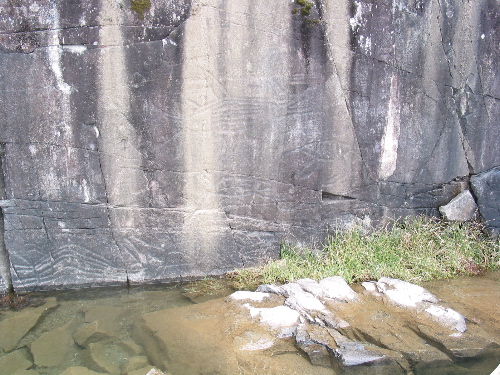Happy Victoria Day
It is the Victoria Day long weekend for Canadians and out here on the Westcoast, if you are not “away”, you are working in the garden and around the home. Gardening is what I am doing a lot of in May, and this weekend is when it is safe to start putting out tomatoes and the more delicate annuals, plus some of my tropical plants that I overwinter indoors.
It is also a weekend that home improvement projects are tackled. Our project has been a year long one counting the preparation and a wood shed, but at last we are laying the paving stones on the side walk and back patio! Such is the life of an artist and a partner who use their own labour, and not always in the studio! The weather’s beautiful, so back to work now!
(Thanks to mirabilis for the link.)
